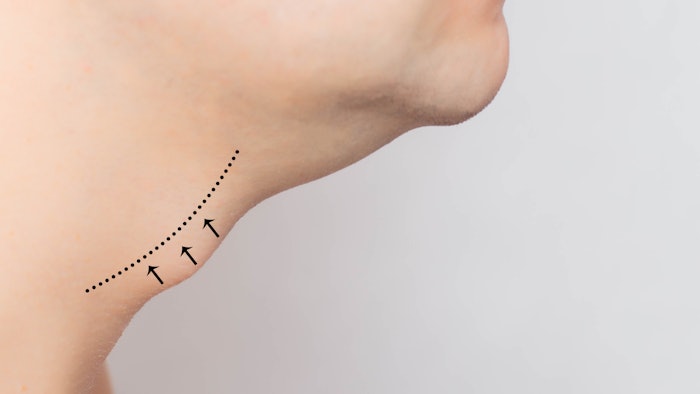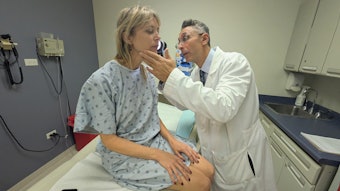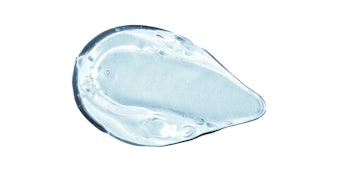
A new study by the doctors at the UCLA Gender Health Program revealed a new technique developed to reduce the Adam’s apple bump without leaving any scarring on the neck. This breakthrough in gender-affirming procedures could be a lifechanging one for transgender and non-binary patients, eliminating the telltale sign of the surgery, and thus reducing the level of discrimination and persecution patients experience in their daily lives.
Related: Seattle Plastic Surgeon Offers Pro Bono Transgender Surgery
The study, published in the journal Facial Plastic Surgery & Aesthetic Medicine, reviewed the results of 77 patients undergoing this new surgery between November 2019 and April 2022. The procedure only takes around 90 minutes to perform and can easily be performed by plastic surgeons and throat surgeons, as it requires equipment most surgical suites already have apart from a few additional inexpensive tools.
While the procedure is referred to as the “scarless” tracheal shave because it leaves no scar on the patient’s neck, it does leave a tiny scar on the inside of their lip, through which the surgeon inserts the tools needed to trim and shave down the Adam’s apple. However, this small scar would only be visible to the eyes of a dentist. "There will always be a scar with any surgery, but this procedure creates a scar that only a dentist would see," said Dr. Abie Mendelsohn, associate professor of head and neck surgery at the David Geffen School of Medicine at UCLA, and senior author of the study. "It represents a massive shift in the ability to provide optimal gender-affirming care for patients."
Related: AADA Speaks Out on Interference in Transgender Patient Care
The study concluded that this new procedure effectively enhances the care given to and experience of patients undergoing gender-affirming surgery. The authors also found that no change in voice or damage to the vocal cords occurred in patients that received the surgery, but that corroborating these results would require further research.











